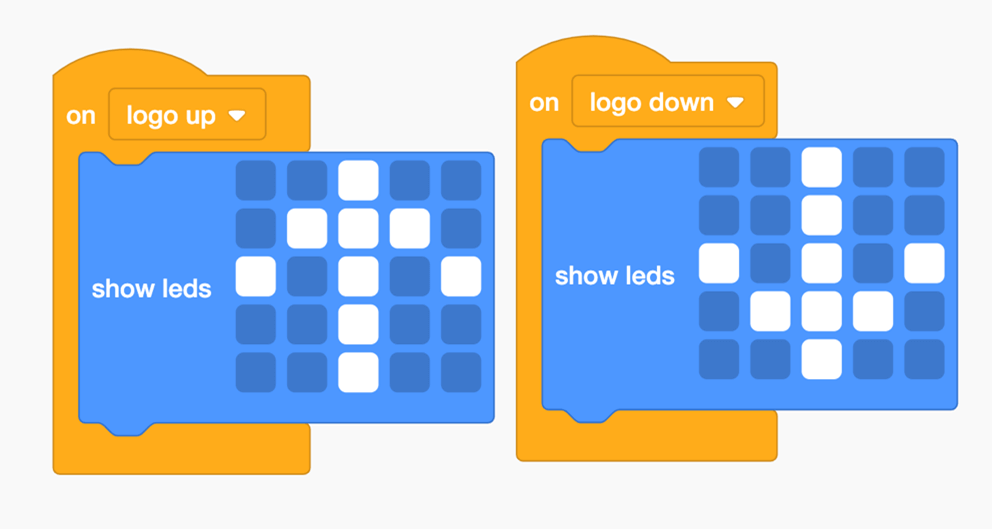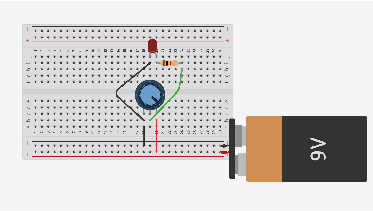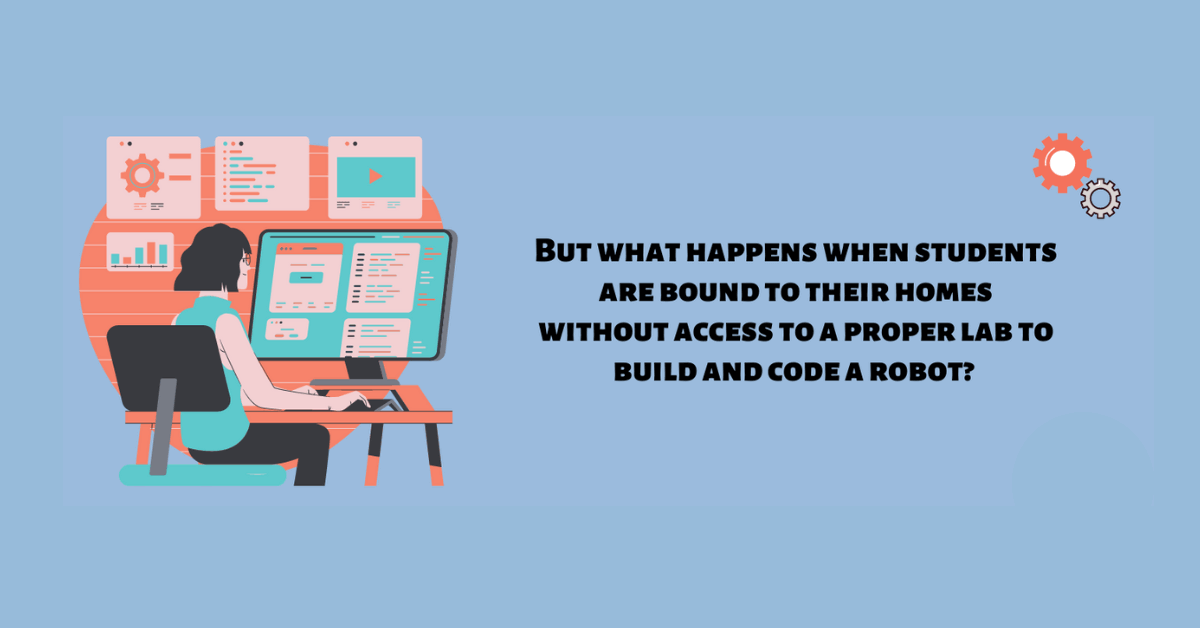Robotics is one of the biggest buzz words in today’s world. At CHIREC, we offer Robotics as an integral part of the curriculum starting from our youngest learners in Pre-Primary. Before the pandemic struck, Robotics was a physical classroom learning experience for students where they explored new technologies and gained hands-on experiences creating different projects. As schools transitioned online due to the pandemic, online classes came as a challenge for teachers. Robotics teachers quickly realised that their methodologies had to be transformed considering that students had no access to Robotics kits to perform different activities. We, teachers at CHIREC, conducted extensive research and held a number of discussions to come up with interactive and engaging ways to conduct Robotics classes virtually.
Robotics is an interdisciplinary field. Traditionally, we need a mechanical engineer to design the hardware, an electrical engineer to design the circuitry, and a computer scientist to write the code to control the robot. Robotics may also require a systems engineer to design a robot that supports a manufacturing process such as a car assembly line.
But what happens when students are bound to their homes without access to a proper lab to build and code a robot? Luckily, there are a ton of websites and online apps that give students access to virtual environments that mimic coding a real robot. When teaching Robotics to different classes, we focus on topics like coding, mechanical systems, and engineering design. Hence, for the online classes we broke down the resources into two categories: coding and simulated robotics.
nitially, it was difficult to predict how effective the classes will be as Robotics is different from other theory subjects. It is a practical class, and we had our doubts about how students would grasp this practical knowledge virtually. To our surprise, the online classes fell into place seamlessly and students were curious and interested to understand the concepts of Robotics when introduced to various online applications through Tinkercad. Tinkercad is an easy-to-use online program that helps students develop their foundational skills for innovation in electronics and coding. Students quickly onboarded onto Tinkercad, enthusiastically explored its features and worked on various projects, much like they used to in physical school.
Here are some activities that proved to be great opportunities for learning and engagement for our students:
1) Magic Logo using Accelerometer
Grades: 6 and 7
Activity Details: Students used Tinkercad Circuits for this activity and learnt about the accelerometer and how it works in the Micro-bit. Through this activity, students were able to move the Microbit and the direction of movement was displayed on the Microbit as per the coding.

2) Game Counter
Grades: 6 and 7
Activity Details: Students used Tinkercad Circuits to program an action with pushbuttons. When pushbutton ‘A’ was pressed, the display number increased and when pushbutton ‘B’ was pressed the number was decreased. This activity introduced students to the concept of variables and augmented their coding and engineering skills.

3) Hand Fan
Grade: 8
Activity Details: Students were introduced to breadboard activities and its various components to explore circuits. Students used a pushbutton and DC motor to prototype a hand fan. This activity helped students develop their electronic engineering skills.
4) Controlling LED using potentiometer
Grade: 8
Activity Details: To advance students’ electronic engineering skills, students were introduced to a new component called potentiometer. In this activity, students used Tinkercad to programme a potentiometer that controls the intensity of an LED.

The following video is a compilation of activities done by the students of Grade VI using Tinkercad Circuits.
The journey of teaching Robotics online that commenced as a challenge and brought with it many doubts regarding information dissemination, eventually captured students’ attention and interest. The thoroughly researched teaching methodology and well-planned structure of classes and activities helped students learn much like they did in a physical classroom by sparking enthusiasm and eagerness to learn, understanding and engaging in various new concepts and activities during the virtual classes.

Ms. Bindu Sree
Robotics Teacher (CBSE)
Hi! I’m Bindu Sree V. I have completed my Masters in Embedded Systems and I’m deeply interested in designing robots that can give solutions to current problems. I have also done my internship in Robotics & STEM Education. It’s been 2.5 years at CHIREC, and I feel very happy to share my knowledge with the younger generations.





